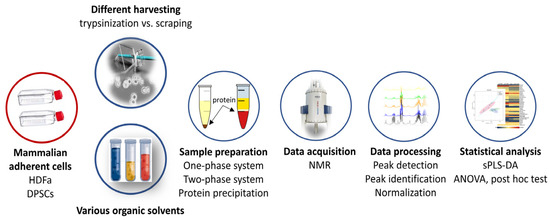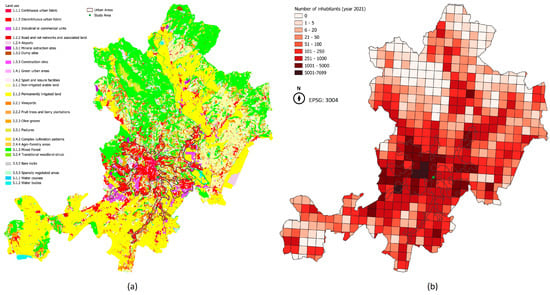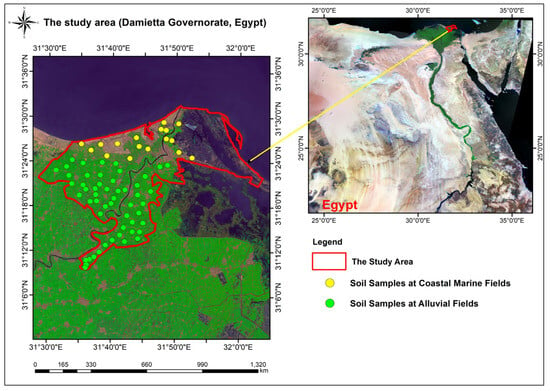DNA methylation is an important mechanism for epigenetic modifications that have been shown to be associated with responses to plant development. Previous studies found that inverted
Populus yunnanensis cuttings were still viable and could develop into complete plants. However, the growth status of
[...] Read more.
DNA methylation is an important mechanism for epigenetic modifications that have been shown to be associated with responses to plant development. Previous studies found that inverted
Populus yunnanensis cuttings were still viable and could develop into complete plants. However, the growth status of inverted cuttings was weaker than that of upright cuttings, and the sprouting time of inverted cuttings was later than that of upright cuttings. There is currently no research on DNA methylation patterns in inverted cuttings of
Populus yunnanensis. In this study, we detected genome-wide methylation patterns of stem tips of
Populus yunnanensis at the early growth stage and the rapid growth stage by Oxford Nanopore Technologies (ONT) methylation sequencing. We found that the methylation levels of CpG, CHG, CHH, and 6mA were 41.34%, 33.79%, 17.27%, and 12.90%, respectively, in the genome of inverted poplar cuttings, while the methylation levels of the four methylation types were higher in the genome of upright poplar cuttings than in inverted cuttings, 41.90%, 34.57%, 18.09%, and 14.11%, suggesting important roles for DNA methylation in poplar cells. In all comparison groups, CpG-type methylation genes in the Kyoto Encyclopedia of Genes and Genomes (KEGG) pathway were annotated to pathways associated with carbon metabolism, ribosome biogenesis in eukaryotes, glycolysis/gluconeogenesis, pyruvate metabolism, and mRNA detection pathways, suggesting that different biological processes are activated in upright and inverted cuttings. The results show that methylation genes are commonly present in the poplar genome, but only a few of them are involved in the regulation of expression in the growth and development of inverted cuttings. From this, we screened the
DET2 gene for significant differences in methylation levels in upright or inverted cuttings. The
DET2 gene is a key gene in the Brassinolide (BRs) synthesis pathway, and BRs have an important influence on the growth and development process of plants. These results provide important clues for studying DNA methylation patterns in
P. yunnanensis.
Full article
 IJMS
IMPACT
IJMS
IMPACT Applied Sciences
IMPACT
Applied Sciences
IMPACT Sustainability
IMPACT
Sustainability
IMPACT Sensors
IMPACT
Sensors
IMPACT JCM
IMPACT
JCM
IMPACT Materials
IMPACT
Materials
IMPACT Molecules
IMPACT
Molecules
IMPACT Energies
IMPACT
Energies
IMPACT Electronics
IMPACT
Electronics
IMPACT Remote Sensing
IMPACT
Remote Sensing
IMPACT Cancers
IMPACT
Cancers
IMPACT Nutrients
IMPACT
Nutrients
IMPACT Mathematics
IMPACT
Mathematics
IMPACT Foods
IMPACT
Foods
IMPACT Buildings
IMPACT
Buildings
IMPACT Polymers
IMPACT
Polymers
IMPACT Animals
IMPACT
Animals
IMPACT Water
IMPACT
Water
IMPACT Plants
IMPACT
Plants
IMPACT Agronomy
IMPACT
Agronomy
IMPACT Biomedicines
IMPACT
Biomedicines
IMPACT Processes
IMPACT
Processes
IMPACT Microorganisms
IMPACT
Microorganisms
IMPACT Diagnostics
IMPACT
Diagnostics
IMPACT Nanomaterials
IMPACT
Nanomaterials
IMPACT Viruses
IMPACT
Viruses
IMPACT Medicina
IMPACT
Medicina
IMPACT Healthcare
IMPACT
Healthcare
IMPACT Cells
IMPACT
Cells
IMPACT Forests
IMPACT
Forests
IMPACT Agriculture
IMPACT
Agriculture
IMPACT Land
IMPACT
Land
IMPACT JMSE
IMPACT
JMSE
IMPACT IJERPH
IJERPH
 Symmetry
IMPACT
Symmetry
IMPACT Genes
IMPACT
Genes
IMPACT Pharmaceutics
IMPACT
Pharmaceutics
IMPACT Coatings
IMPACT
Coatings
IMPACT Micromachines
IMPACT
Micromachines
IMPACT Pharmaceuticals
IMPACT
Pharmaceuticals
IMPACT Atmosphere
IMPACT
Atmosphere
IMPACT Children
IMPACT
Children
IMPACT Religions
IMPACT
Religions
IMPACT Antioxidants
IMPACT
Antioxidants
IMPACT Life
IMPACT
Life
IMPACT Metals
IMPACT
Metals
IMPACT Biomolecules
IMPACT
Biomolecules
IMPACT Vaccines
IMPACT
Vaccines
IMPACT Education Sciences
IMPACT
Education Sciences
IMPACT Minerals
IMPACT
Minerals
IMPACT Horticulturae
IMPACT
Horticulturae
IMPACT Brain Sciences
IMPACT
Brain Sciences
IMPACT JPM
IMPACT
JPM
IMPACT Bioengineering
IMPACT
Bioengineering
IMPACT














